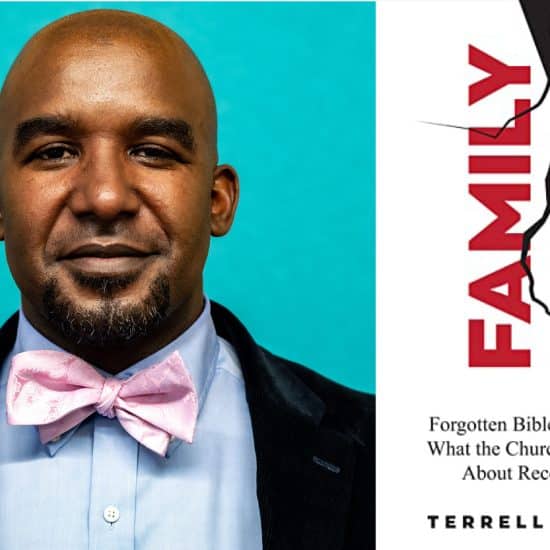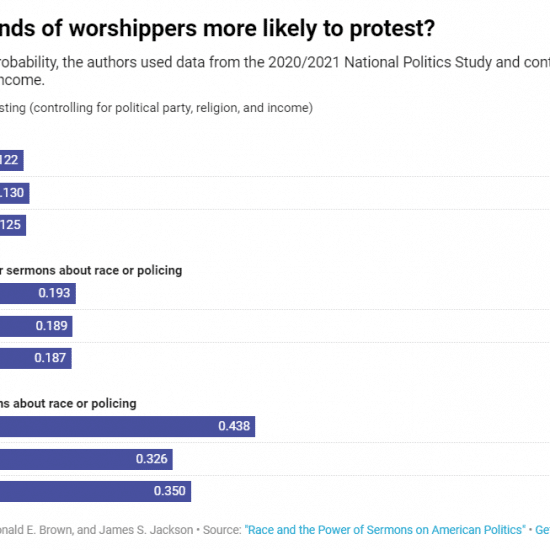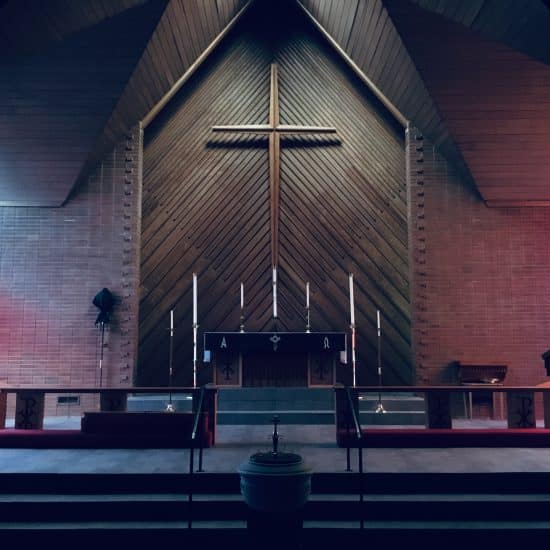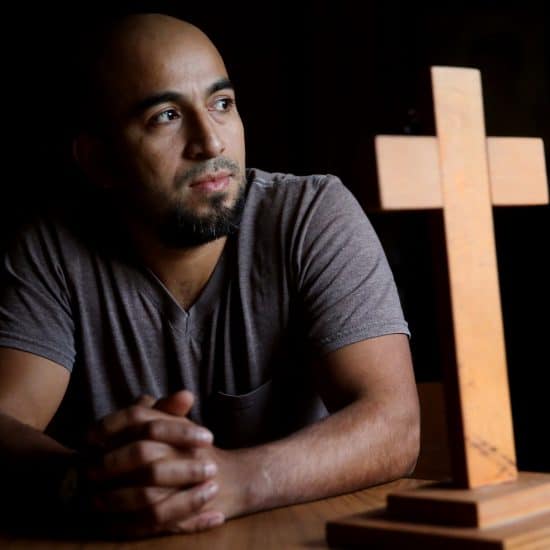Do we measure the success of our churches by the number of people present each Sunday, the square footage of our buildings, the number of degrees held by our pastoral staff or the amount of money that is given to annual missions initiatives? Although I appreciate and value what these things mean to a congregation, I wonder if those criteria are the best way to measure whether a fellowship of believers is fulfilling its call to participate in the building of God’s kingdom.
 Terrell CarterI think the blueprint for determining whether a congregation is successful in fulfilling its call can be seen in the example of the early church, especially as found in Acts 2:42-47. In those verses we see the church focusing on understanding their relationship with their Savior and strengthening their relationships with each other. As the church was being formed, these two things served as its foundation.
Terrell CarterI think the blueprint for determining whether a congregation is successful in fulfilling its call can be seen in the example of the early church, especially as found in Acts 2:42-47. In those verses we see the church focusing on understanding their relationship with their Savior and strengthening their relationships with each other. As the church was being formed, these two things served as its foundation.
First, the early church focused on understanding their relationship with their Savior. The ESV says they “devoted themselves to the apostles’ teaching.” They devoted their time to understanding the things that the disciples were trying to teach them, mainly who Jesus was and what that meant for them. I imagine that they wanted to have a better understanding of what their faith meant in a practical sense and its implications. They wanted to understand what Jesus’s teachings meant, how his life fulfilled Hebrew prophecy and what it all meant for their future.
Second, they also focused on building each other up through spending time together and sharing resources. The ESV says they “devoted themselves to the fellowship, the breaking of bread and prayers.” They spent time fellowshipping and praying together. They spent time getting to know each other. This was much more than a once-a-month potluck lunch together. This signifies mutuality and commonality consisting of a shared reality that anticipated a hopeful future.
What came about from this devotion to following the apostle’s teaching and regularly spending time with one another? The main byproducts were the spiritual and physical growth of the early church. The more they learned about the one in whom they had faith, the more their hearts were changed and their lives began to more fully look like the life lived by their Savior. They began to put their faith into action in ways that were previously inconceivable. Before it was all said and done — and before chapter two closes — the early church was no longer a hodgepodge of a handful of disciples jockeying for position. Instead, it was a close-knit group of people who actively took care of each other. And their active displays of love towards each other drew more people to them, causing their overall numbers to mushroom. More people were encouraged to join them as they saw how well they took care of each
other.
So how does all of this serve as the blueprint for congregations to follow today? Success is not found first in the amount of bodies in pews or the number of stained glass windows present or things that show up in an annual report. It is found in a congregation’s desire to learn more about the Savior it claims to follow and its efforts to live like that Savior wants them to live. Success is found in our faithfulness to learn what Jesus taught and how to make those teachings the foundation for our daily lives. Placing the emphasis on what the Savior wants removes the control from our hands, but it places it where it needs to be.
Our conversations about what successful congregations look like today should be guided by the early church’s desire to learn more about Christ and how to live their faith out in tangible ways. This places
the focus on God’s desires for the church and not human efforts.
Terrell Carter is assistant professor and director of contextualized learning at Central Seminary in Shawnee, Kan., and pastor of Webster Groves Baptist Church in Webster Groves, Mo.






